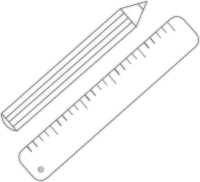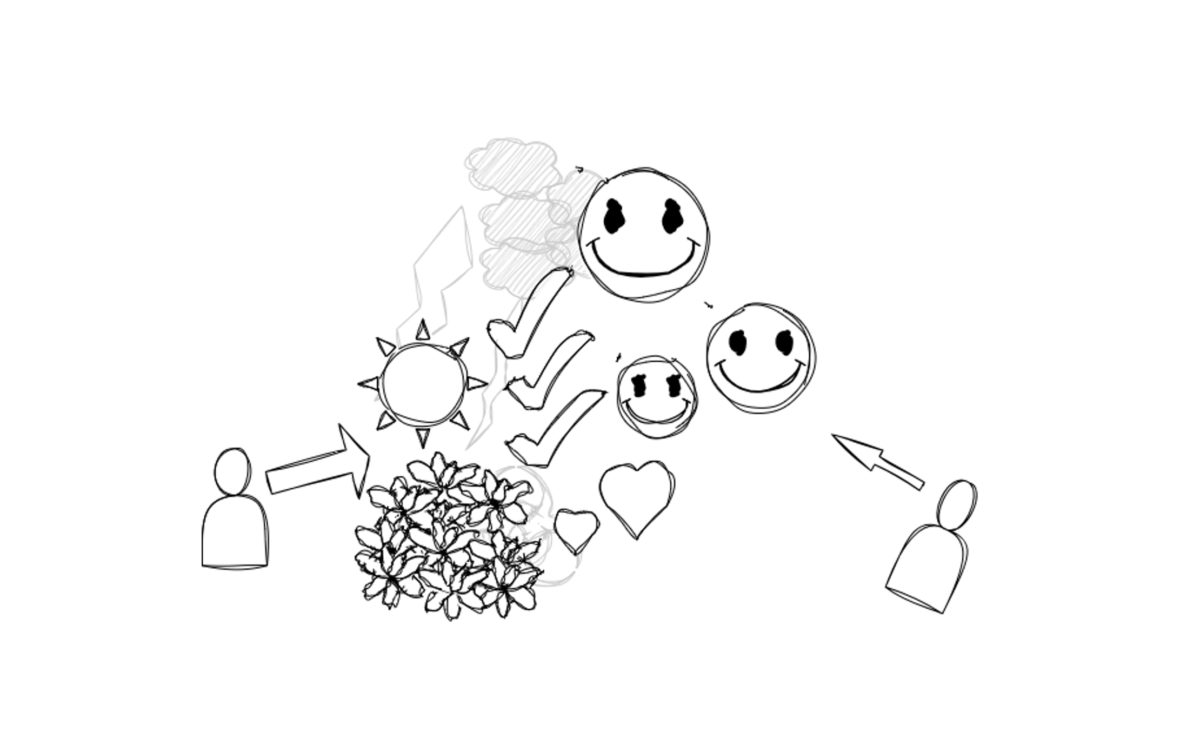Mini-Series: Let’s learn from Communication Theory
Uncover the hidden power of communication theories on information dashboard design and data analytics in this Mini-Series.
Understand Euphemisms in Visualisation
Communication has a lot to do with what words we use. An euphemism is when we use lovelier or milder words to make something sound less harsh or unpleasant, like saying “passed away” instead of “died.” Dysphemism is the opposite, using harsh or offensive words to make something sound worse or more harmful than it is, like using strong language to criticise someone. Both euphemism and dysphemism are ways we play with words to influence how others perceive things in communication. One could say it is the vocabulary of manipulation.
Hard to discover in visuals
With a bit of experience and knowledge of human nature, the presenter or their role, we may be able to recognise such verbal euphemisms relatively quickly. But what about visual language, and I mean not only the classic axis of bar charts not starting at zero? Let’s delve into the fascinating world of euphemisms in data presentation, where we learn how to “haze” information through the language of visuals.
Lying with Charts: The Deceptive Art
Have you ever heard of the term “lying with charts”? It’s a concept where charts and graphs are used to make things look better or worse than they indeed are. Politicians, the true masters of euphemism, have quickly mastered this art. They know how to use charts to persuade and influence. One classic example is the use of colour, mainly red and green.
The Red and Green Dilemma
Imagine a dashboard where all values below zero are painted fiery red. It seems harmless, right? But it’s a classic case of dysphemism in action. Painting everything below zero with the same red brush makes the nasty look just as terrible as the slightly bad. This visual trickery obscures the real story behind the data. It creates a haze that can mislead users. It would be more appropriate to vary the colour from light to darker tones. An even better technique would be to add red dots as indicators: one dot for small bad, two for medium bad and three for large bad. The bars could then have a neutral colour. This mitigates the dysphemism as the alarming colour is only on the dots. Painting everything above zero green in addition to the red of the negative is again an example of an euphemism. Why? If the task is to spot the bad. The green weighs out the red, draws attention away, and divides it.
The Quest for Visual Elegance
Euphemism in information dashboard design isn’t always about deception. Sometimes, it’s about making things look pleasing to the eye. Enter the “data artists,” the creators who aim to make dashboards informative and visually captivating. They use elegant fonts, vibrant colour schemes, and creative layouts to turn raw data into a work of art.
However, there’s a catch. While aesthetically pleasing, these beautifully designed dashboards can sometimes be a form of euphemism. They might make the data appear more reliable or trustworthy than it is. Or the time used to make the data pretty might be better invested in checking if the data is trustworthy and the visual display of the data is not misleading. In their quest for elegance, designers must be able to guarantee that the data is accurate and the design is not misleading. Plus, more often than not, putting makeup on dashboards draws attention away from the data points as it is more appealing and pleasing to look at makeup than wrinkles. There we have it: euphemism again.
The Balancing Act
So, is euphemism in information dashboard design a friend or foe? Like any art form, it’s all about balance. Euphemism can enhance understanding and engagement but can also mislead and confuse. Designers must strive for transparency, ensuring users can access the unaltered data behind the visuals.
Concluding the Main Learnings
In conclusion, euphemism in information dashboard design is a subtle dance between aesthetics and honesty. It’s about using visuals to convey data in a way that captures attention while still being truthful. So, the next time you encounter a beautifully designed dashboard, remember that beneath its alluring exterior lies the art of euphemism – where data and design come together to tell a story, for better or worse.


